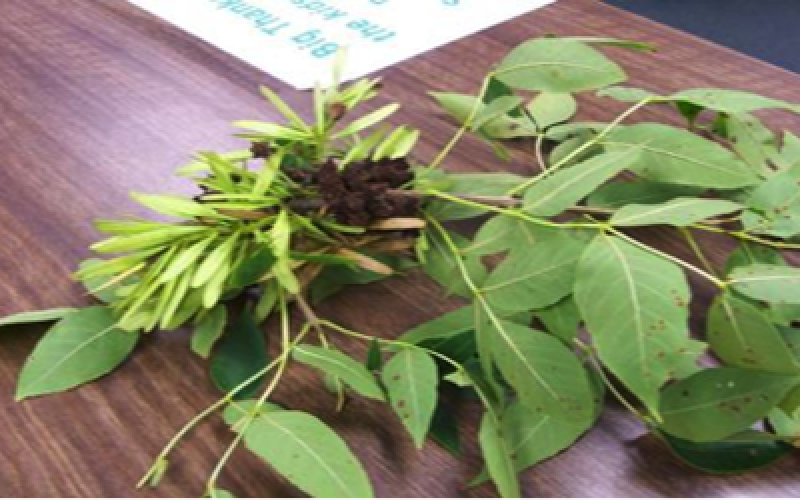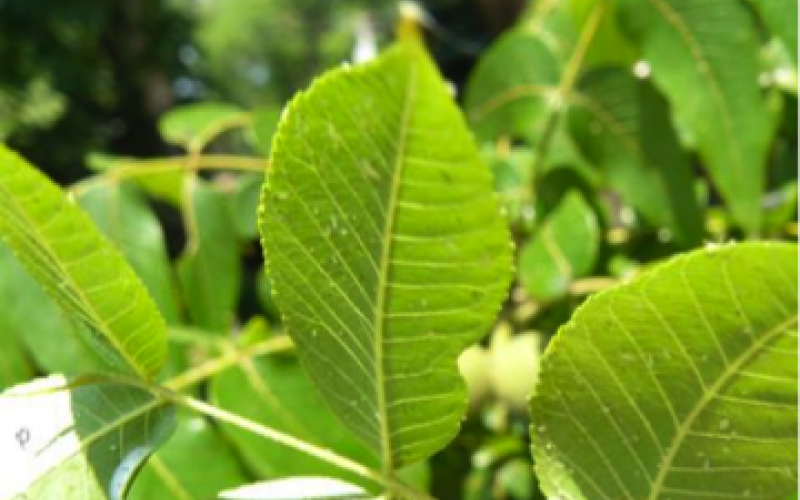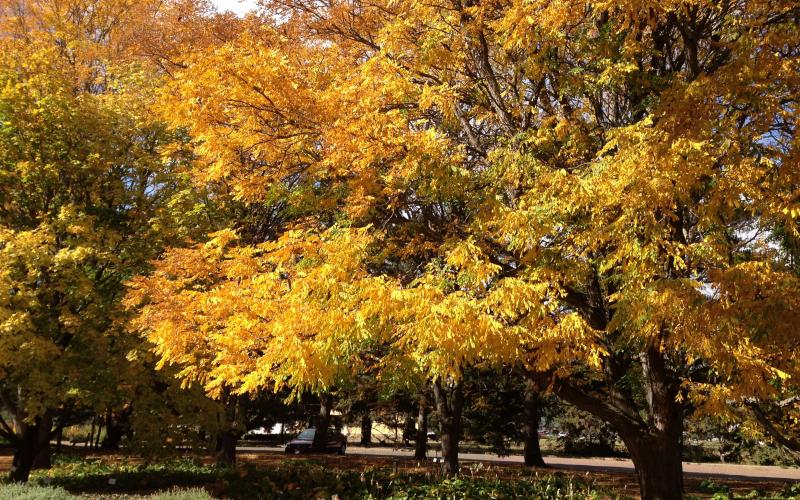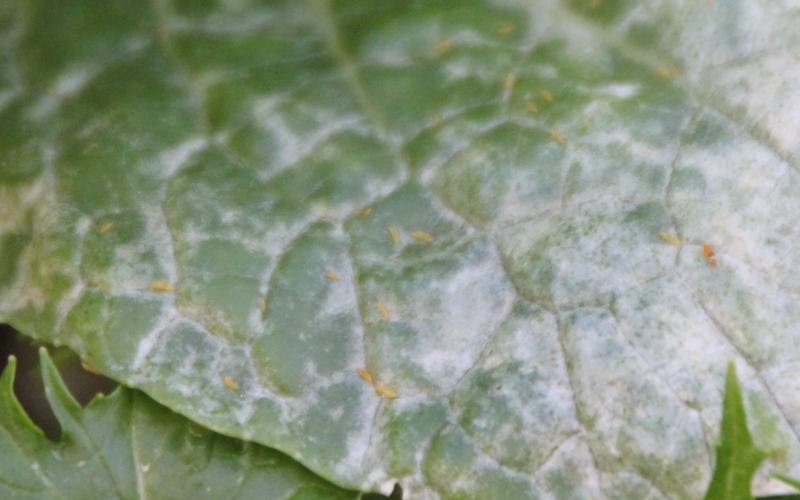Plant
All Plant Content

How to Plant Bare-Root Perennials
Many herbaceous perennial plants are sold as bare-root plants. A bare-root plant is just what it sounds like—a plant with bare roots and not growing in a container. Learn how to select, store, and plant these plants.

Ash Tree Issues
Ash flower galls are appearing on the twigs of ash throughout the state. The brown to black “balls” hang in clusters beneath the branch shoots. The galls are due to the feeding activity of the ash flower gall mite (Eriophyes fraxiniflora) and this mite only feeds on the male flowers of ash.

Aphids On Trees
Aphids are appearing on many trees at this time of year and their activity is generally noticed by the abundance of honeydew they excrete on the lower leaves and any plants or objects beneath the tree.

Kentucky Coffeetree
Kentucky Coffeetree (Gymnocladus dioicus) is a medium-sized tree that will fit into many landscapes and provide interest all year with its bark, leaves, flowers, fruit and even great fall color, if weather conditions are right.

Baptisia
The plant for this week is Baptisia a.k.a. “false indigo”, “white indigo” and “yellow indigo”. This is a hardy perennial for the Northern Great Plains that is easy to grow, has multiple seasons of interest and lives for many years. They are actually native to the US but usually are found in somewhat warmer climates.

Propagating Houseplants
The long winter finally seems to be loosening its grip and allowing for some warmer weather to move in, melt the snow and warm a gardener’s heart in anticipation of what might be grown this year. But, it will still be a few weeks before we can start doing much gardening outside. We are nearing the time to start those tomato, pepper and other vegetable seeds but it’s better to wait a little longer yet, instead of jumping the gun and ending up with overgrown transplants at planting time.

How to Prevent Iron Deficiency in Spring Greenhouse Plants
At this time in the growing season, Iron (Fe) deficiency symptoms are appearing among bedding plants and other spring greenhouse plants. The main symptom of Iron (Fe) deficiency is Chlorosis or yellowing, usually starting at the shoot tip and newly developed leaves.

Check Your Houseplants for Pests
Houseplants are susceptible to a variety of pests. The following article outlines some of the more common household pests, including: spider mites, mealybugs, and scale. We will discuss strategies for scouting out and managing these pests to avoid prolonged damage to your houseplants.

Watch Out For Houseplant Pests
Aphids, mealybugs, whiteflies and scale may be the most common insect pests that you will find on your houseplants but there are several other pests and problems you should watch out for.
South Dakota Plants to Know: Purple prairie clover
The purple prairie clover (Dalea purpurea) is in bloom right now at the Prairie Butterfly Garden and each clump is abuzz with bumble bees, honey bees, and other pollinators. Not only is this native perennial highly attractive to pollinators, but it is also drought tolerant and deer resistant making it a hardy choice for your garden.